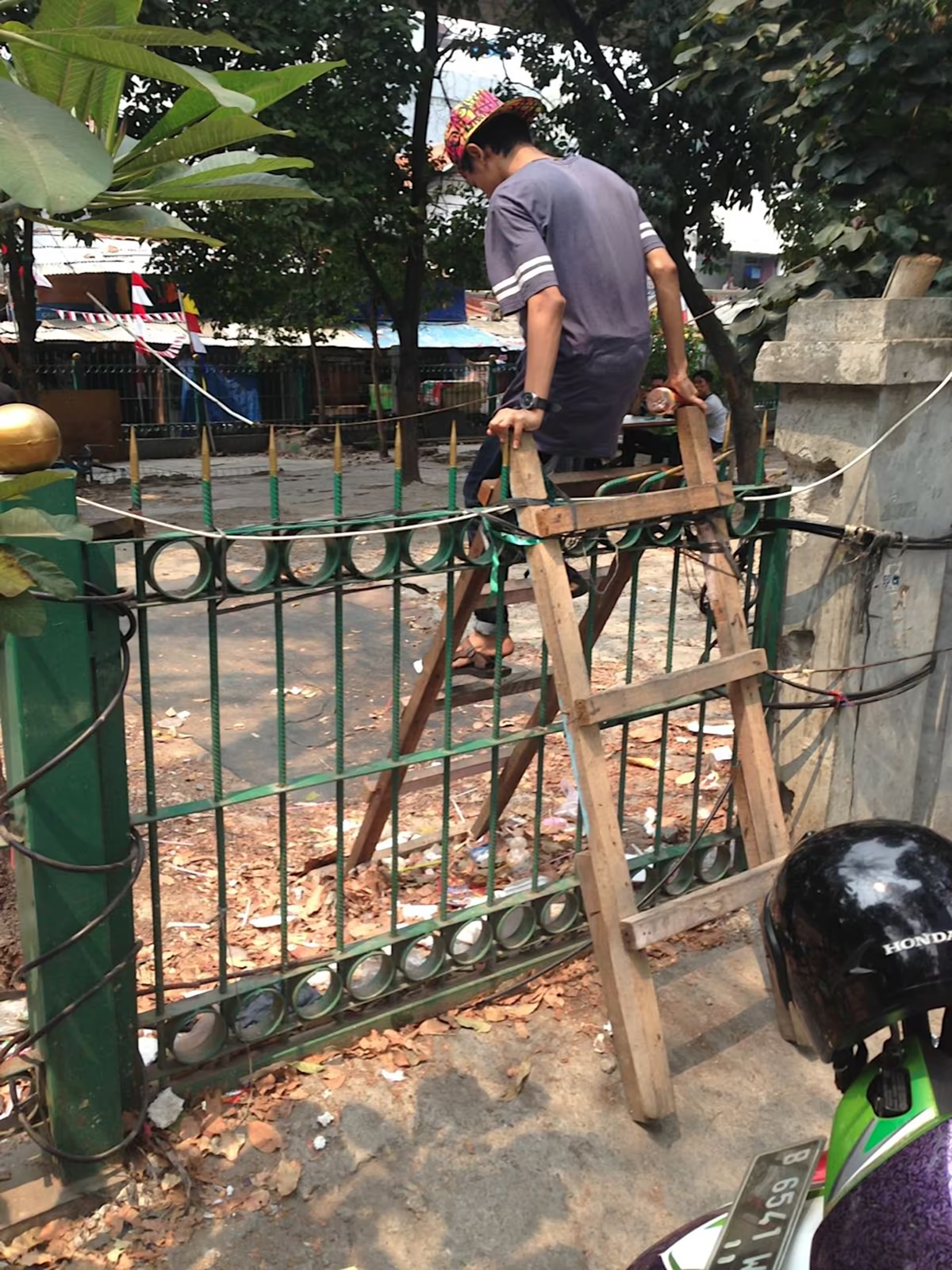Achlioptas, Clauset, Kempe, et al. 2005.
“On the Bias of Traceroute Sampling: Or, Power-Law Degree Distributions in Regular Graphs.” In
Proceedings of the Thirty-Seventh Annual ACM Symposium on Theory of Computing. STOC ’05.
Barbrook, and Cameron. 1995.
“The Californian Ideology.” In
Science as Culture.
Batty. 2015.
“A Perspective on City Dashboards.” Regional Studies, Regional Science.
Bettencourt, and West. 2010.
“A Unified Theory of Urban Living.” Nature.
Borgatti, Mehra, Brass, et al. 2009.
“Network Analysis in the Social Sciences.” Science.
Gao, Song, Gao, et al. 2014.
“Quantifying Information Flow During Emergencies.” Scientific Reports.
———. 2014a.
“The commodification of everything.” In
SQM: The Quantified Home.
Hudson, Botzen, Czajkowski, et al. 2014. “Risk Selection and Moral Hazard in Natural Disaster Insurance Markets: Empirical Evidence from Germany and the United States.”
Jennett, and Cox. 2014.
“Eight Guidelines for Designing Virtual Citizen Science Projects.” In
Second AAAI Conference on Human Computation and Crowdsourcing.
Kanhere. 2013.
“Participatory Sensing: Crowdsourcing Data from Mobile Smartphones in Urban Spaces.” In
Distributed Computing and Internet Technology. Lecture Notes in Computer Science 7753.
Lansing, Kremer, and Smuts. 1998. “System-Dependent Selection, Ecological Feedback and the Emergence of Functional Structure in Ecosystems.” Journal of Theoretical Biology.
Louf, and Barthelemy. 2014.
“A Typology of Street Patterns.” Journal of The Royal Society Interface.
McLaren, and Agyeman. 2015. Sharing Cities: A Case for Truly Smart and Sustainable Cities. Urban and Industrial Environments.
Naroditskiy, Jennings, Van Hentenryck, et al. 2014.
“Crowdsourcing Contest Dilemma.” Journal of The Royal Society Interface.
Newell, and Wasson. 2002.
“Social System Vs Solar System: Why Policy Makers Need History.” In
Conflict and Cooperation Related to International Water Resources: Historical Perspectives.
Oishi, Cebrian, Abeliuk, et al. 2014.
“Iterated Crowdsourcing Dilemma Game.” Scientific Reports.
Proust, Dovers, Foran, et al. 2007. “Climate, Energy and Water: Accounting for the Links.”
Rabbat, Figueiredo, and Nowak. 2008.
“Network Inference from Co-Occurrences.” IEEE Transactions on Information Theory.
Resnick. 1997. Turtles, Termites, and Traffic Jams : Explorations in Massively Parallel Microworlds.
Romanillos, and Austwick. 2015.
“Madrid Cycle Track: Visualizing the Cyclable City.” Journal of Maps.
Romanillos, Austwick, Ettema, et al. 2015.
“Big Data and Cycling.” Transport Reviews.
Rosvall, and Bergstrom. 2010.
“Mapping Change in Large Networks.” PLoS ONE.
Soemardi, and Radjawali. 2004.
“Creative Culture and Urban Planning: The Bandung Experience.” In
The Eleventh International Planning History Conference.
Stumpf, Wiuf, and May. 2005.
“Subnets of Scale-Free Networks Are Not Scale-Free: Sampling Properties of Networks.” Proceedings of the National Academy of Sciences of the United States of America.
